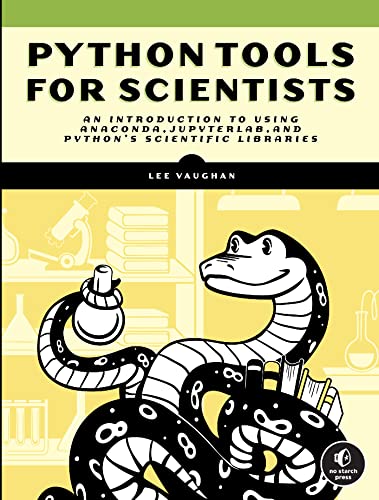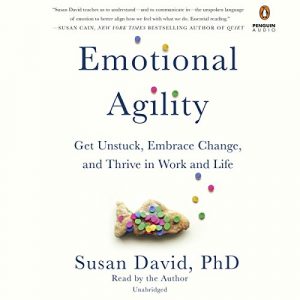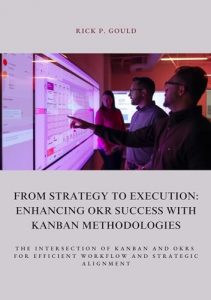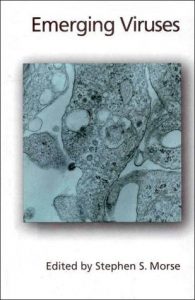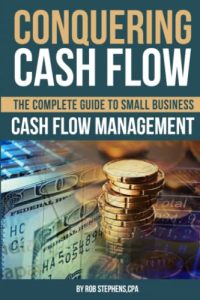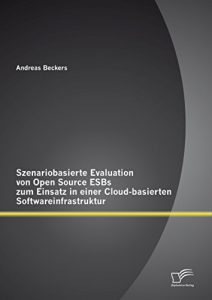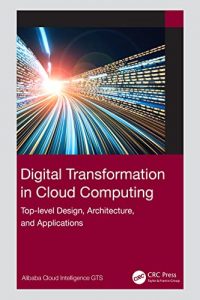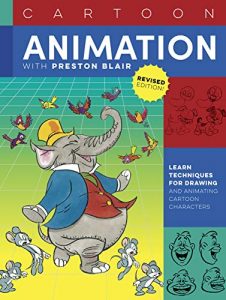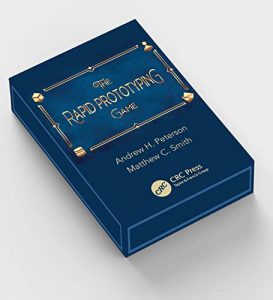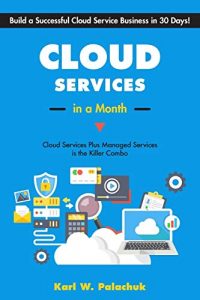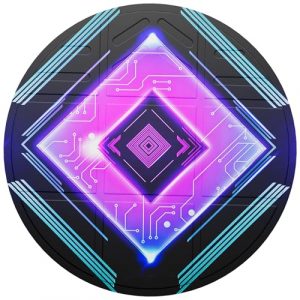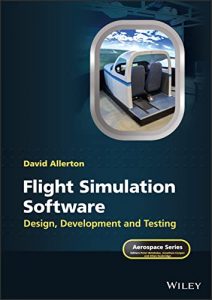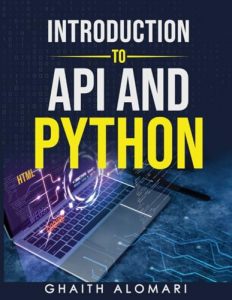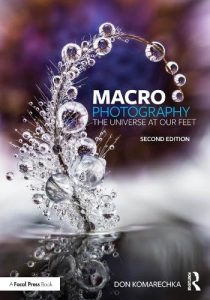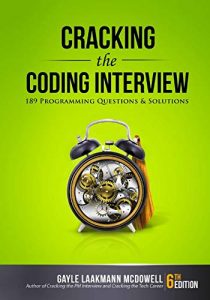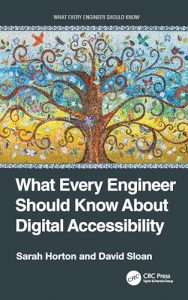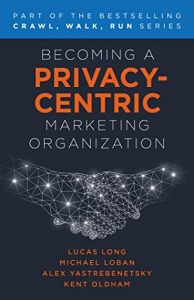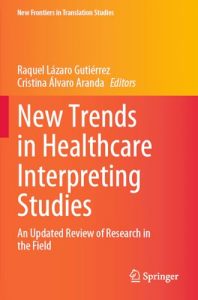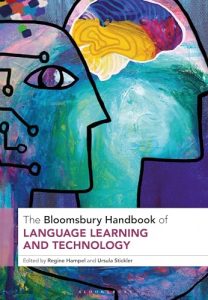1. Python Tools for Scientists: An Introduction to Using Anaconda, JupyterLab, and Python’s Scientific Libraries
Written by Lee Vaughan, this book is a remarkable guide for anyone aiming to harness the full potential of Python in scientific computing. It introduces readers to Anaconda, JupyterLab, and the rich library ecosystem available in Python, making it a requisite read for scientists and data professionals alike. The combination of theoretical concepts and practical implementations ensures that it caters to both the novice and the seasoned pro. The engaging style will help you elevate your skills, turning complex tasks into manageable workflows. It’s a must for anyone who wants to deepen their knowledge in data science.
2. Practical Data Analysis Using Jupyter Notebook
Authored by Marc Wintjen and Andrew Vlahutin, this book provides practical insights into data analysis using Jupyter Notebook. It articulates the data language in a way that is not only educational but also engaging. The authors emphasize extracting actionable insights, making it ideal for marketers, business analysts, and anyone eager to harness data for decision-making. The clear examples and step-by-step approach make complex topics easily digestible. This title is perfect for anyone looking to gain a significant advantage in data analysis.
3. Jupyter Notebook 101
This insightful guide from Michael Driscoll is perfect for individuals new to the Jupyter Notebook interface. It’s a crash course designed for novices, offering a foundation in using Jupyter Notebook effectively for data analysis. Through concise explanations and code snippets, readers can quickly familiarize themselves with the capabilities Jupyter offers. This book not only simplifies the learning process but also motivates its users to explore deeper into data science methodologies.
4. Python For Effect: Master Data Visualization and Analysis
Tomasz Trebacz’s book is a treasure trove for data enthusiasts focused on mastering data visualization. It covers everything from data pipelines to advanced statistical analysis, all framed within Jupyter Notebook. With a focus on visualization, this book enables readers to turn raw data into informative graphics and actionable insights, which are essential skills in today’s data-driven world. This guide is not just about learning; it’s about mastering the effective communication of data.
5. jupyter notebook python
Mary BEL8 brings a comprehensive overview of Jupyter Notebook integrated with Python. This title aims to demystify the complexities of the programming language by presenting a clear and concise format. The guiding principles and best practices laid out in this book are ideal for anyone looking to build their coding skills within the data analysis realm. Readers will appreciate the approach that prioritizes understanding over rote memorization, allowing a genuine grasp of concepts.
6. JupyterLab 101: Your Guide to the Latest Jupyter Notebook Interface
Michael Driscoll returns with JupyterLab 101, an essential guide for those transitioning to the new JupyterLab interface. The book offers clear instructions to navigate the updated features efficiently. With practical tips on setting up and using JupyterLab effectively, readers will be well-equipped to enhance their productivity in data analysis. This guide is a stepping stone to mastering one of the most powerful tools in data analytics.
7. Python for Data Analysis
Wes McKinney’s essential guide dives deep into data wrangling using powerful libraries like pandas and NumPy. Aimed at anyone involved in data analysis, this book explores practical techniques for managing and analyzing data efficiently. McKinney, one of the creators of pandas, ensures that this book is filled with practical advice, real-world examples, and a great depth of insight, making it invaluable for aspiring data analysts. It’s an investment in your data skills you won’t regret.
8. Learning Jupyter 5
Dan Toomey’s Learning Jupyter 5 is a vibrant exploration of interactive computing using various programming languages. Aimed at a diverse audience, it introduces core principles and applications of Jupyter across Python, Java, and R programming, among others. This book is perfect for those looking to broaden their programming palette within the data science field and understand how Jupyter can facilitate learning across multiple languages.
9. Fundamentals of Music Processing: Using Python and Jupyter Notebooks
Meinard Müller presents an innovative approach to music processing using Python in this fascinating book. The text intricately combines theory with practical examples to help readers grasp complex music analysis concepts. It’s a delightful read for musicians, data analysts, and anyone curious about the intersection of music and technology. This book elevates your understanding of data processing applied to music and could inspire many creative applications in the field.
10. 03 Anaconda Jupyter Notebook Learning – Journey through Business Analytics
In this enlightening guide by Mahendra Sonawane and Sainik Darpan, readers embark on a journey through business analytics with Anaconda and Jupyter Notebook. The authors provide a practical and comprehensive approach to data-driven insights, enhancing the learning experience for business professionals. This book offers essential tips along with step-by-step learning strategies in the context of business analytics, making it a valuable addition for those seeking data proficiency in their careers.

